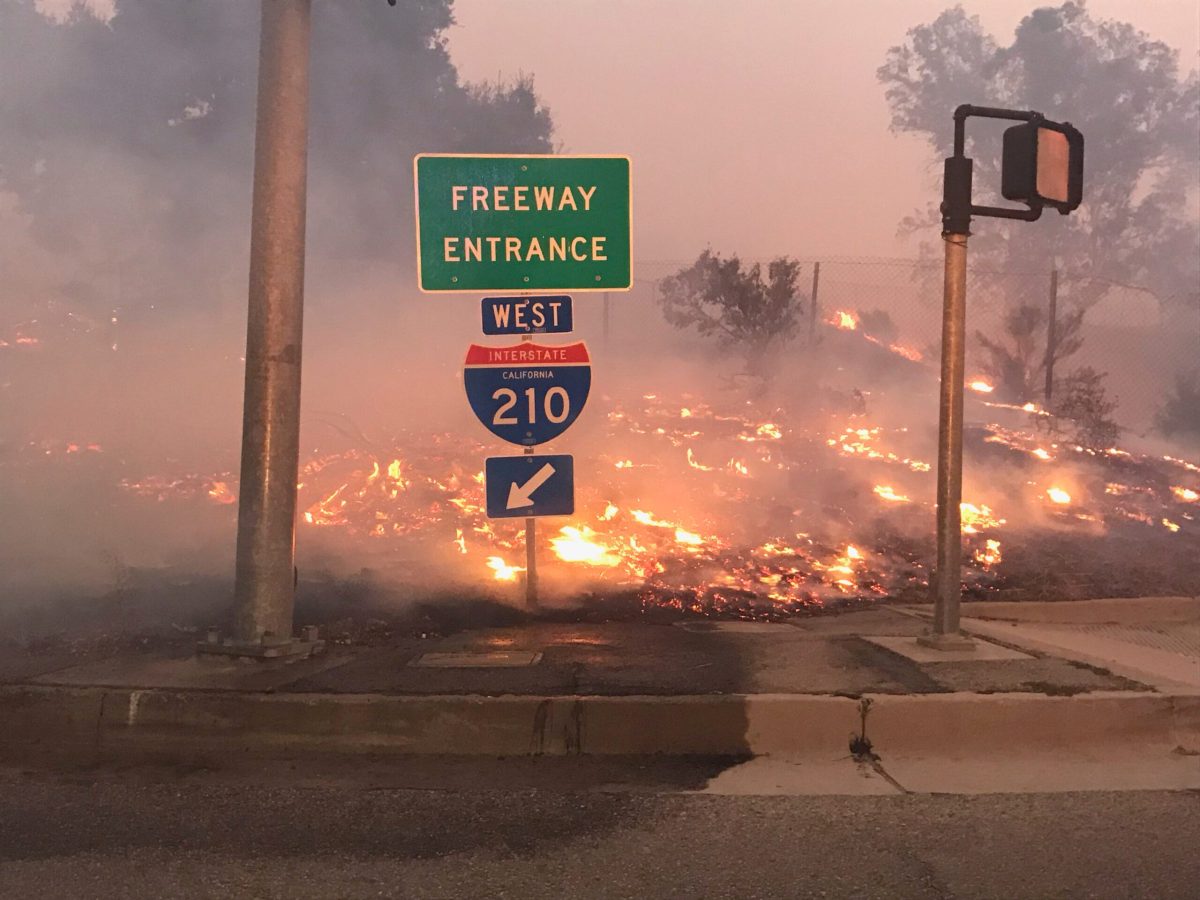Here’s how California has increased forest management and wildfire prevention efforts. California’s battle against wildfires is a complex one, involving innovative strategies and significant challenges. This article explores the multifaceted approach the state is taking, from forest thinning and prescribed burns to technological advancements and community engagement. We’ll examine the successes, the obstacles, and the ongoing efforts to protect California’s precious natural resources.
From large-scale forest thinning projects to the strategic use of controlled burns, California is employing a range of techniques to reduce wildfire risk. These efforts involve significant investment, complex logistical planning, and close collaboration with communities and stakeholders. We’ll delve into the details of these initiatives, exploring their effectiveness and the challenges they face.
Increased Forest Thinning and Fuel Reduction Programs in California
California has significantly ramped up its forest thinning and fuel reduction programs to mitigate wildfire risks. These programs employ a variety of techniques, each with its own advantages and challenges. Understanding these methods, their implementation, and associated hurdles is crucial to evaluating their effectiveness in safeguarding California’s forests and communities.
Forest Thinning Techniques and Their Effectiveness
Several forest thinning techniques are used in California, each tailored to specific forest types and conditions. The choice of method depends on factors such as terrain, tree density, budget, and environmental concerns. Below is a comparison of common methods:
| Method | Cost | Effectiveness | Environmental Impact | Area Covered |
|---|---|---|---|---|
| Hand Thinning | High | High (precise removal) | Low (minimal soil disturbance) | Small |
| Mechanical Thinning | Medium | Medium to High | Medium (potential for soil compaction) | Medium to Large |
| Prescribed Burning | Low to Medium | High (effective fuel reduction) | Variable (can be beneficial or detrimental depending on implementation) | Large |
Implementation of Forest Thinning Programs
Implementing these programs involves a multi-step process. Securing permits from relevant agencies is crucial, often requiring environmental impact assessments. Funding comes from various sources, including state and federal grants, private donations, and timber sales. Stakeholder involvement is key, encompassing collaboration with landowners, environmental groups, and local communities to ensure project success and address concerns.
Challenges in Large-Scale Forest Thinning
Despite the benefits, large-scale forest thinning faces significant challenges. Access limitations in remote areas hinder operations. Environmental concerns, such as potential impacts on soil and water quality, require careful planning and mitigation strategies. Community resistance, stemming from concerns about visual impacts or potential harm to wildlife, can also delay or prevent projects.
Prescribed Fire and Controlled Burns in California’s Wildland Management
Prescribed fire, a carefully planned and controlled burn, is a powerful tool for reducing wildfire risk. Its effectiveness stems from its ability to remove accumulated fuel and promote forest health. However, it’s crucial to compare it with other methods to understand its place in a comprehensive wildfire management strategy.
Comparison of Fuel Reduction Methods
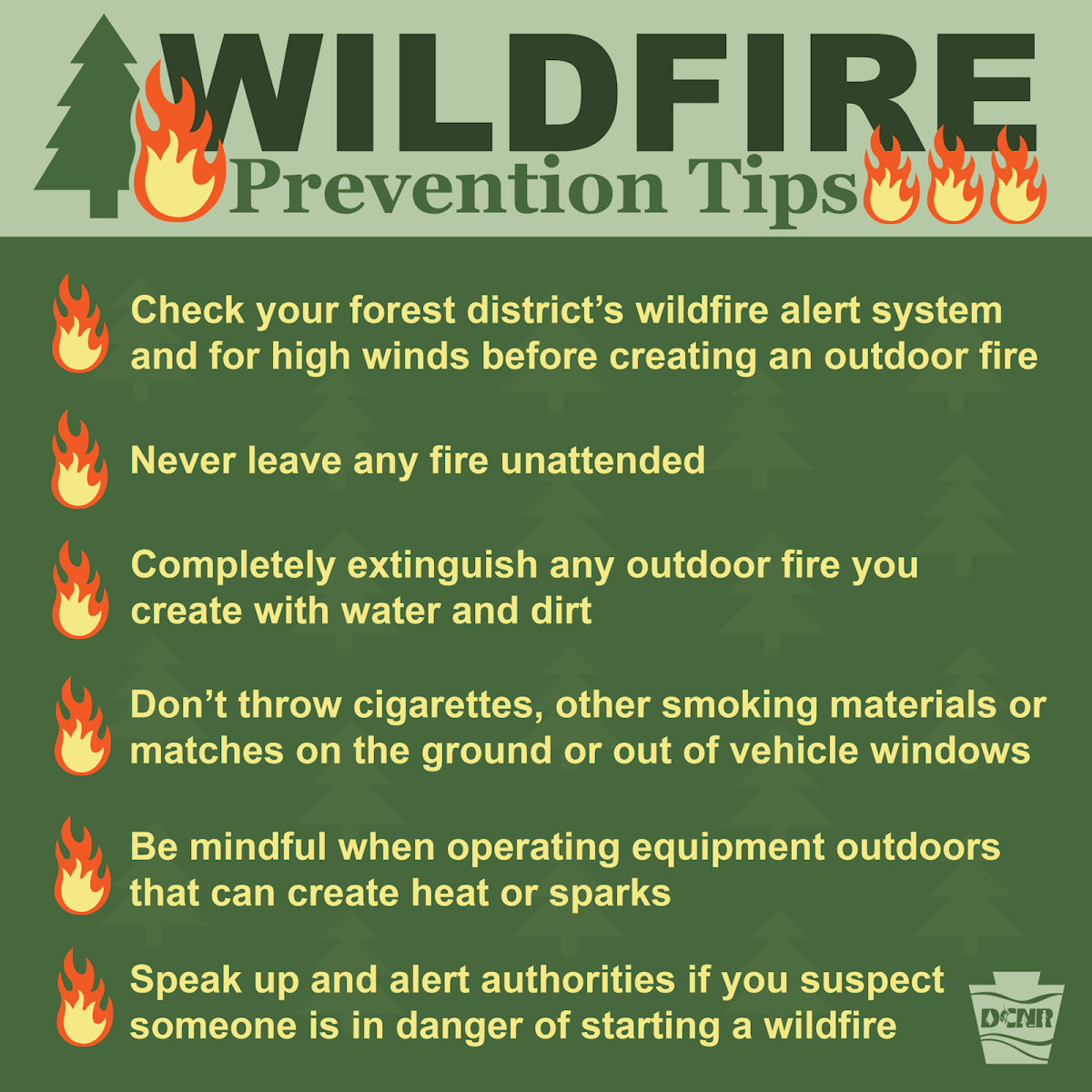
While prescribed burning offers significant fuel reduction, mechanical thinning provides more precise control over tree removal. Chemical treatments can target specific vegetation, but their environmental impact needs careful consideration. Each method has its own set of advantages and disadvantages, and the optimal approach often involves a combination of techniques tailored to specific site conditions.
Examples of Successful Prescribed Burn Projects
- The Sierra Nevada Conservancy’s prescribed burn projects in the central Sierra have demonstrably reduced fuel loads and improved forest resilience.
- Several projects in Southern California have successfully utilized prescribed fire to restore native grasslands and reduce wildfire risk in chaparral ecosystems.
- The Mendocino National Forest has implemented numerous prescribed burns, demonstrating the effectiveness of this method in diverse forest landscapes.
Factors Influencing Prescribed Burn Planning and Execution
Weather conditions, particularly wind speed and humidity, are paramount. Air quality monitoring is essential to minimize smoke impacts on nearby communities. Public safety measures, including evacuation plans and communication strategies, are crucial for successful and responsible prescribed burns. Personnel involved undergo rigorous training and certification to ensure safe and effective execution.
Training and Certification for Prescribed Burning Personnel
Personnel involved in prescribed burning must complete extensive training programs, covering fire behavior, safety protocols, and environmental considerations. Certification ensures they possess the necessary skills and knowledge to conduct prescribed burns safely and effectively. Regular refresher courses and adherence to strict safety guidelines are integral parts of the process.
California’s battling wildfires with improved forest management, focusing on controlled burns and thinning overgrown areas. It’s a tough fight, kind of like the intense basketball game between the Cavs and Thunder, check out the recap here: Starting 5, Jan. 9: Cavs outlast Thunder in epic heavyweight bout. These proactive measures aim to reduce fuel loads and create firebreaks, ultimately making our forests more resilient against devastating blazes.
Forest Health and Resilience Initiatives in California: Here’s How California Has Increased Forest Management And Wildfire
Improving the overall health and resilience of California’s forests is a multifaceted endeavor requiring a holistic approach. Several initiatives focus on proactive forest management practices to enhance biodiversity, ecological integrity, and wildfire resistance. These initiatives often involve a combination of techniques and a strong emphasis on long-term forest health.
Key Initiatives for Forest Health and Resilience
Initiatives include the California Forest Improvement Program, which supports forest restoration and fuel reduction projects. The state also invests in research to better understand forest ecosystems and develop more effective management strategies. Furthermore, collaborations between government agencies, private landowners, and community groups are crucial for successful implementation of these initiatives.
Innovative Forest Management Practices, Here’s how California has increased forest management and wildfire
Innovative practices include using diverse tree species to create more resilient forests, promoting natural regeneration, and incorporating techniques like forest gardening to enhance biodiversity and ecosystem services. These methods aim to create healthier, more resilient forests that are less susceptible to severe wildfire impacts. Careful monitoring and adaptive management are key to ensuring the long-term success of these practices.
Hypothetical Program for Forest Health in a Specific Region
A hypothetical program for improving forest health in the Mendocino National Forest could focus on a combination of prescribed burns, mechanical thinning in high-risk areas, and promoting natural regeneration through seed collection and planting of native species. The program would involve close collaboration with local communities and aim to improve forest resilience while minimizing environmental impact. Expected outcomes include reduced wildfire risk, enhanced biodiversity, and improved forest health over the long term.
Community Involvement and Wildfire Prevention Efforts in California
Community involvement is vital in wildfire prevention. Community-based programs empower residents to take an active role in protecting their homes and neighborhoods from wildfire. These programs often combine education, preparedness initiatives, and collaborative fuel reduction projects.
California’s boosting its forest management to fight wildfires, focusing on controlled burns and thinning dense forests. This proactive approach contrasts with the massive, transformative projects happening elsewhere, like the work by Allies & Morrison picked for ‘groundbreaking’ transformation of some urban landscapes. Ultimately, both these large-scale efforts, though different in scope, aim to improve land resilience and reduce risks from future environmental disasters.
Role of Community-Based Wildfire Prevention Programs
These programs educate residents about wildfire risks, promote defensible space creation around homes, and organize community-wide fuel reduction efforts. They also foster collaboration between residents, fire agencies, and other stakeholders, enhancing preparedness and response capabilities. Success hinges on strong community engagement and effective communication.
Plan to Increase Public Awareness and Engagement
A comprehensive plan would involve public awareness campaigns utilizing various media channels (social media, local newspapers, community events). Workshops and training sessions on defensible space creation and wildfire safety would empower residents to take proactive steps. Incentive programs could encourage participation in fuel reduction projects. Regular community meetings and open communication channels would maintain engagement and address concerns.
Effectiveness of Community-Led Initiatives
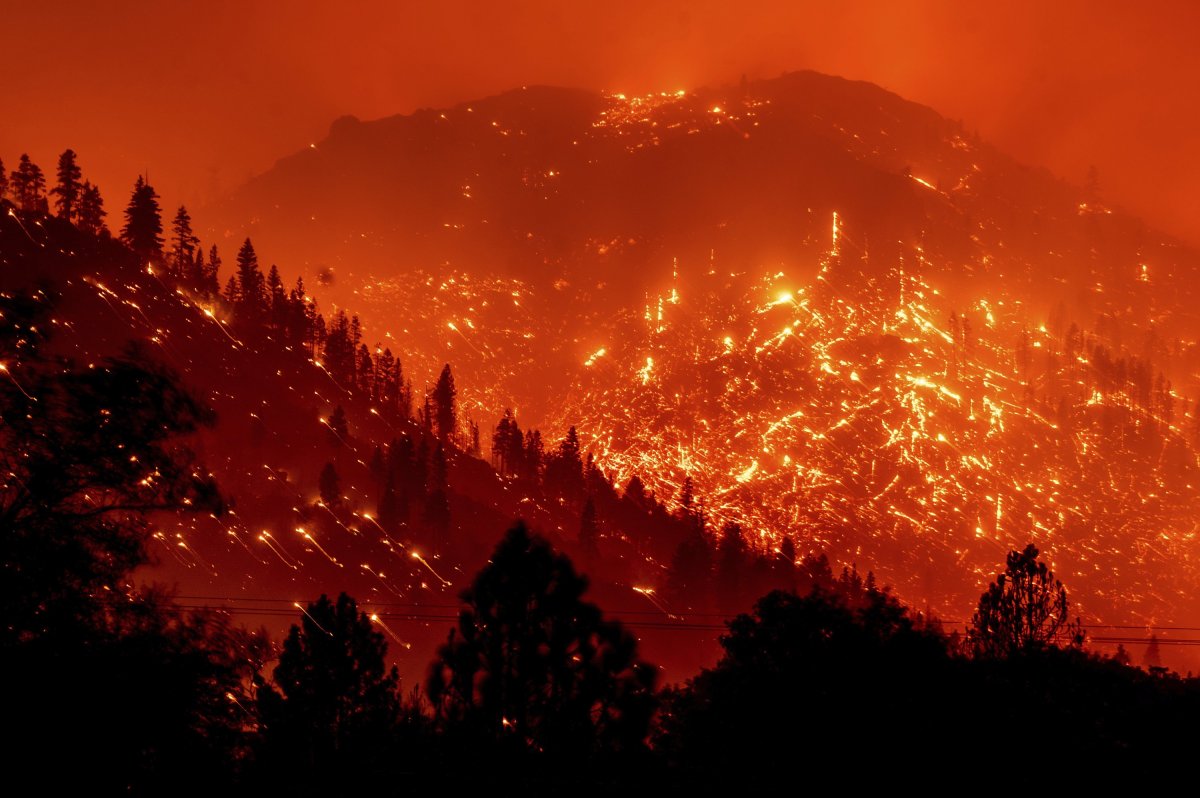
Numerous community-led initiatives across California have demonstrated their effectiveness in reducing wildfire occurrences and mitigating impacts. Examples include neighborhood fuel reduction projects that have significantly decreased fire intensity and spread. Community-based early warning systems have also proven crucial in enabling timely evacuations and improving response efforts.
Hypothetical Community Meeting Agenda on Wildfire Prevention
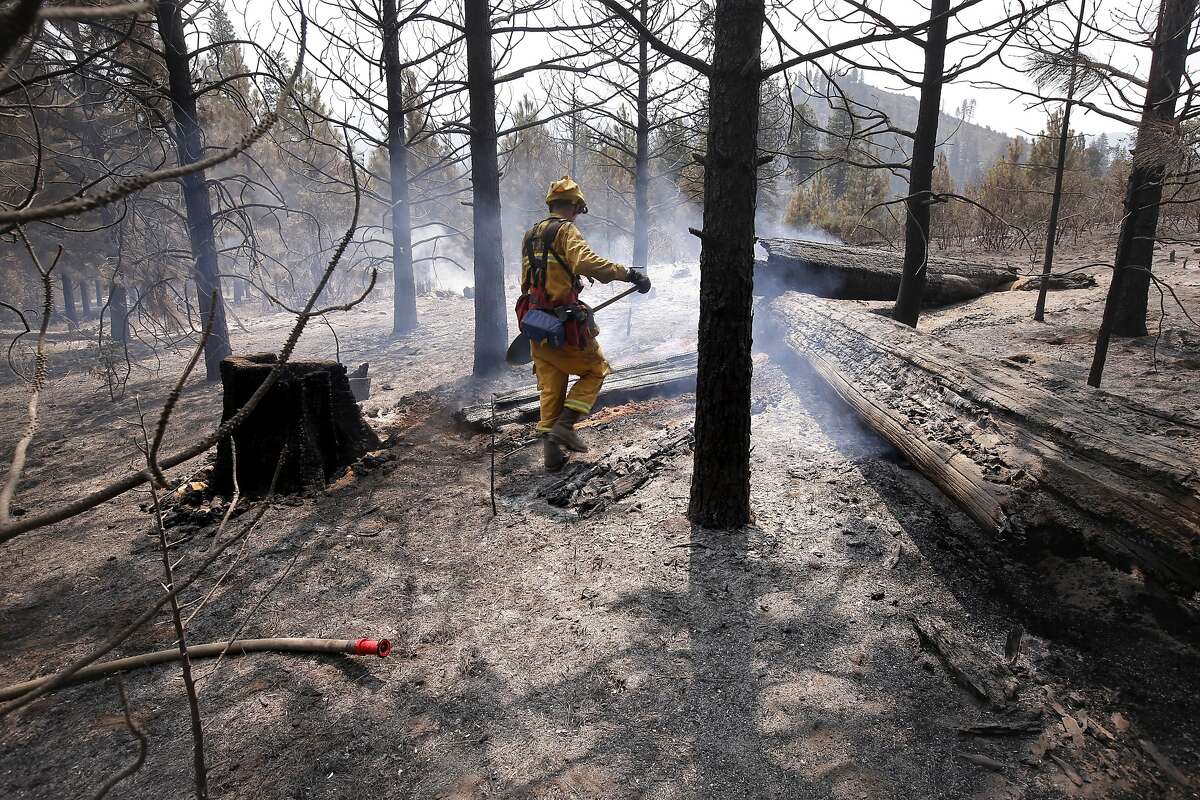
A hypothetical community meeting agenda could include: introductions, a presentation on local wildfire risks, a discussion on defensible space creation, a demonstration of wildfire safety techniques, a Q&A session, and the formation of neighborhood action teams to coordinate fuel reduction projects. Action items could involve creating defensible space around homes, participating in community fuel reduction efforts, and developing a neighborhood communication plan.
California’s tackling wildfires involves better forest management, like controlled burns and thinning. It’s a complex issue, and sometimes you need a break from the news cycle – check out this game analysis for a different perspective: Barcelona 2-0 Athletic (Jan 8, 2025) Game Analysis – ESPN. Then, get back to learning about how these improved techniques aim to reduce the severity of future wildfires in the state.
Technological Advancements in Wildfire Management and Prevention
Technological advancements play a crucial role in enhancing wildfire management and prevention efforts in California. Remote sensing, GIS, advanced fire detection systems, improved communication tools, and the use of drones are transforming how wildfires are monitored, predicted, and suppressed.
Application of Remote Sensing and GIS Technologies
Remote sensing technologies, such as satellite imagery and aerial photography, provide valuable data on forest health, fuel loads, and areas at high risk of wildfire. GIS systems integrate this data to create detailed maps and models, enabling targeted fuel reduction efforts and improved resource allocation during wildfire events. This allows for proactive identification of high-risk areas, enabling preventative measures.
Advanced Fire Detection and Prediction Systems
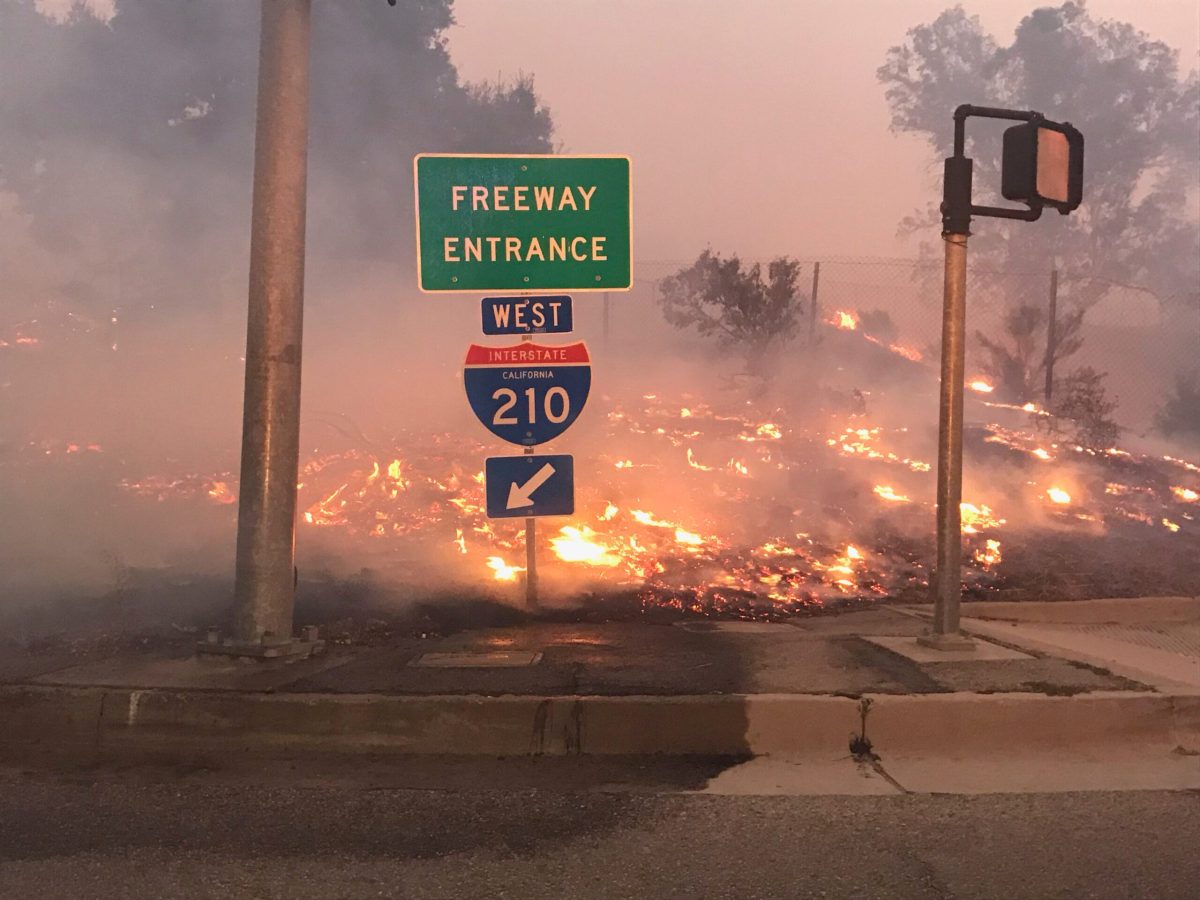
California utilizes advanced fire detection systems, including lightning detection networks and infrared sensors, to rapidly identify new wildfires. Weather models and predictive tools help forecast fire behavior, enabling more effective resource deployment and evacuation planning. This allows for faster response times and better management of resources.
Improved Communication and Coordination among Firefighting Agencies
Technology improves communication and coordination during wildfire events. Real-time data sharing platforms and mobile communication systems enable seamless information exchange among firefighting agencies, emergency responders, and support personnel. This ensures coordinated responses and efficient resource allocation.
Use of Drones and Unmanned Aerial Vehicles (UAVs)
Drones and UAVs are increasingly used in wildfire suppression and post-fire assessment. Equipped with thermal cameras, they can detect hotspots, map fire perimeters, and assess damage. They also assist in delivering supplies to remote areas and monitoring fire behavior in dangerous conditions. Their maneuverability and ability to access difficult terrain make them invaluable tools for efficient and safe wildfire management.
The data they collect assists in post-fire assessment and recovery planning.
Final Wrap-Up
California’s fight against wildfires is a continuous evolution, requiring adaptable strategies and ongoing innovation. While challenges remain, the state’s commitment to forest management and community engagement demonstrates a proactive approach to wildfire prevention. The integration of technology, improved collaboration, and a growing understanding of forest ecology are crucial components of this ongoing effort to safeguard California’s landscapes and communities.
Common Queries
What are the biggest challenges in implementing large-scale forest thinning?
Logistical challenges like access to remote areas, environmental concerns regarding habitat disruption, and securing community buy-in are major hurdles.
How does California involve the public in wildfire prevention?
Through community outreach programs, educational initiatives, and collaborative efforts with local residents, California promotes public awareness and encourages participation in wildfire prevention.
What role do weather conditions play in prescribed burns?
Weather conditions are critical. Prescribed burns require specific wind speeds, humidity levels, and temperature ranges to ensure safety and control. Unfavorable conditions can lead to uncontrolled fires.
